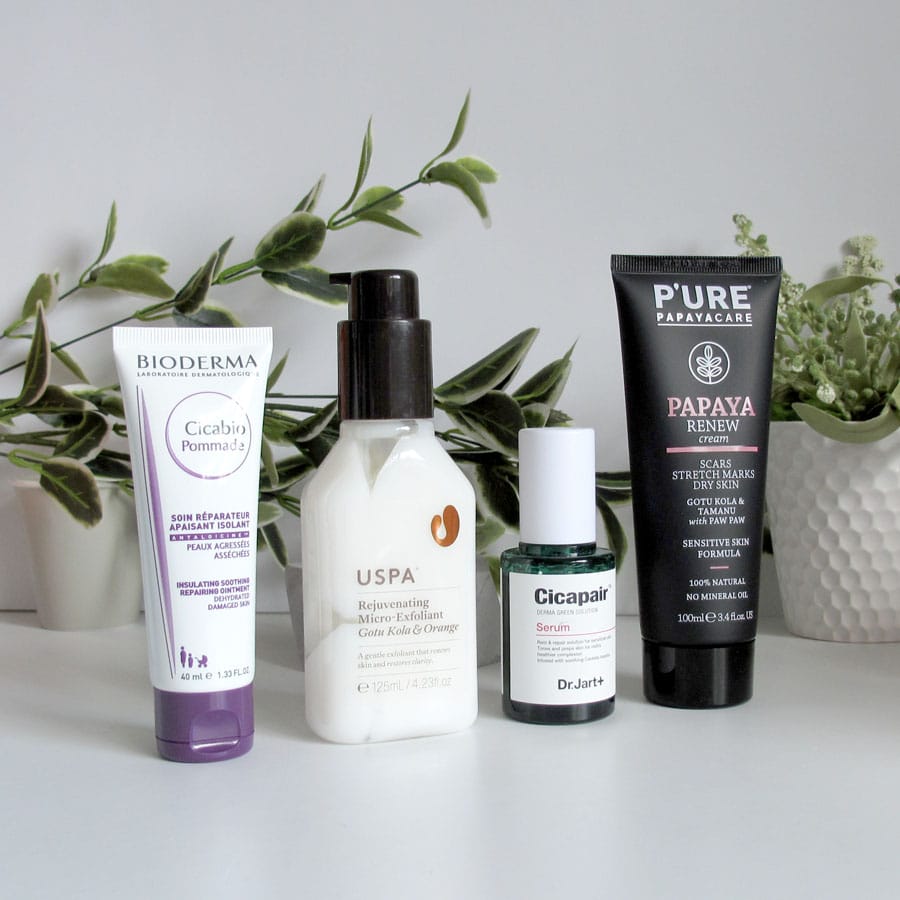What does Centella do for your face?

With the frigid, skin-drying winters we have in Canada, centella asiatica is a great addition to any cold weather skincare routine to soothe irritation and dryness. But thanks to its collagen-boosting properties, it's useful to keep it on deck throughout the year, not just during the winter months.
One may also ask which is better salicylic acid or niacinamide?
Being oil soluble, salicylic acid can penetrate deeper into the skin layers, but it can also dehydrate and irritate skin. Niacinamide, on the other hand, reduces inflammation and boosts skin's natural moisturization. Niacinamide is a very accommodating ingredient. What can you not mix with salicylic acid? A Guide to the Skincare Ingredients You Should Never Mix AHAs and BHAs, such as glycolic, salicylic, and lactic acids should never be used with Vitamin C. Niacinamide is found with Vitamin C in some multi-ingredient serums as antioxidants, but it's never a good idea to layer them together.
What can salicylic acid be mixed with?
Actives That Can be Used With Salicylic Acid She also suggests combining salicylic acid with hyaluronic acid to enhance skin hydration and counteract any dryness resulting from the exfoliation that salicylic acid provides. Another ingredient to use with salicylic acid is vitamin C.






Similar articles
- Does creatine bloat your face?
- Can you put lemon oil on your face?
- Is ginseng good for your face?
- How long does Centella take to work?
Centella Asiatica extracts can be applied twice daily to the skin to significantly increase skin hydration. They also reduce transepidermal water loss (TEWL), after one week, and continue to improve skin hydration after four weeks. Rab.
- Does Centella asiatica really work?
Centella asiatica is an effective treatment for small wounds, hypertrophic, and burns. Research has shown that it can be used to treat photoaging skin, cellulite, and striae.
- What is the benefit of Centella asiatica?
- Is Centella asiatica good for anti aging?
 Drugs Forum
Drugs Forum
